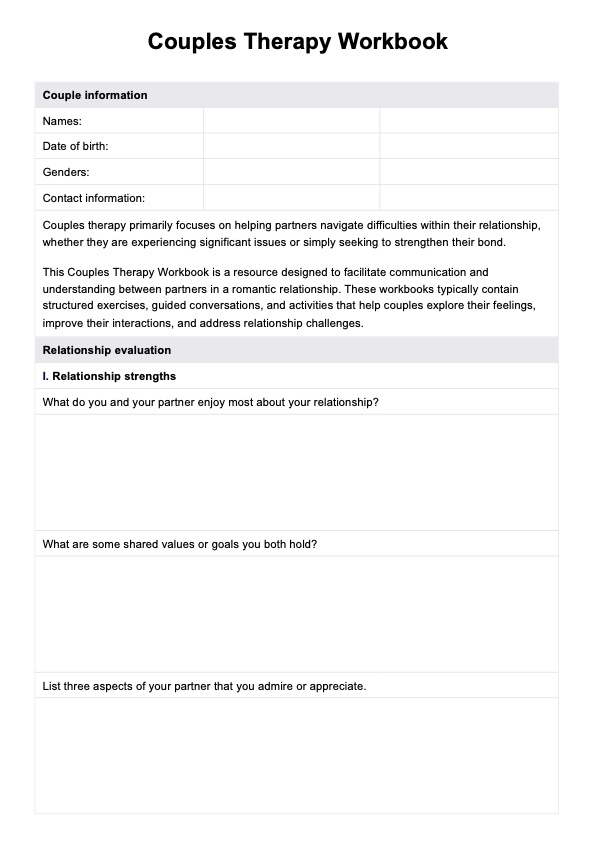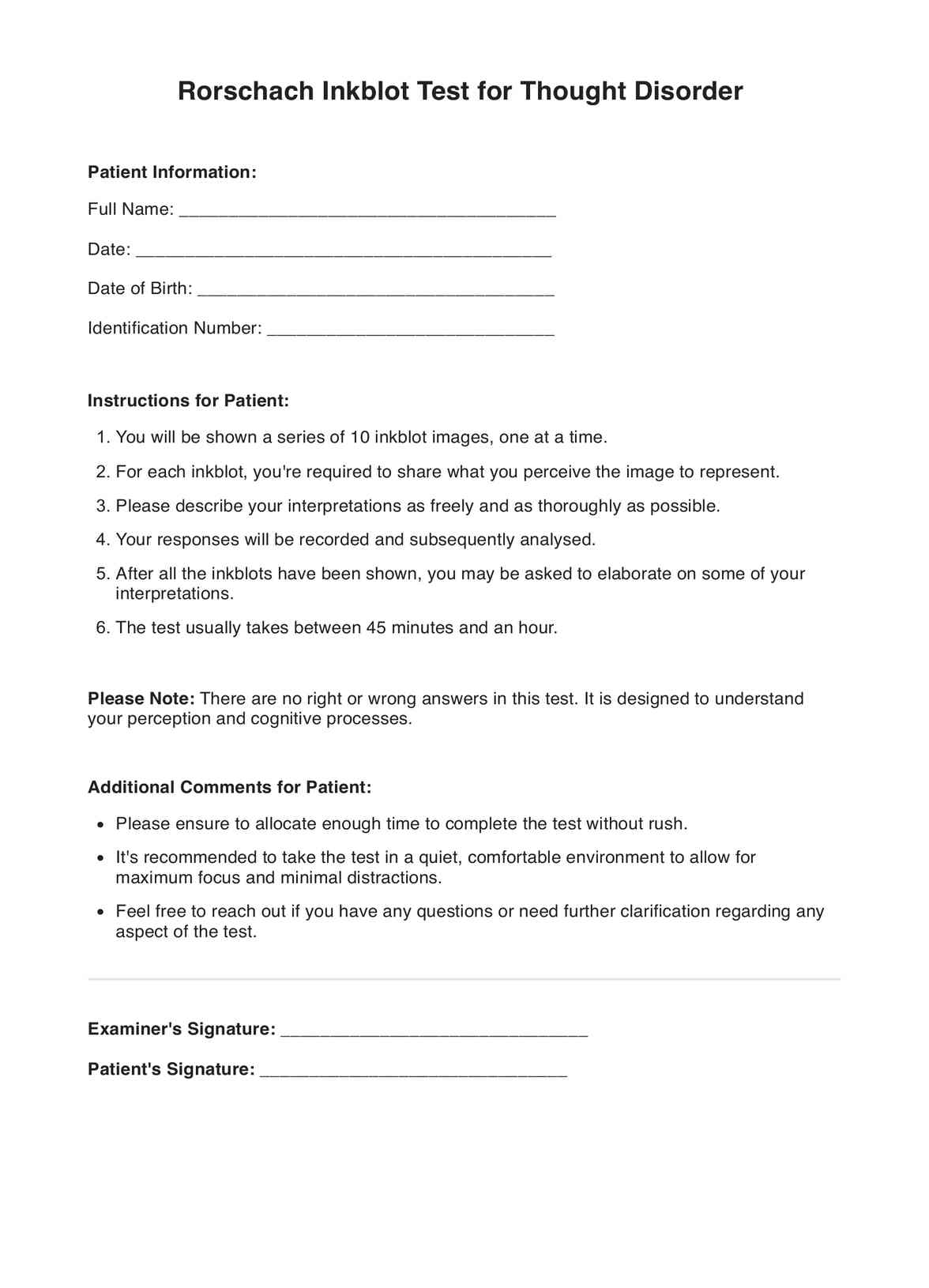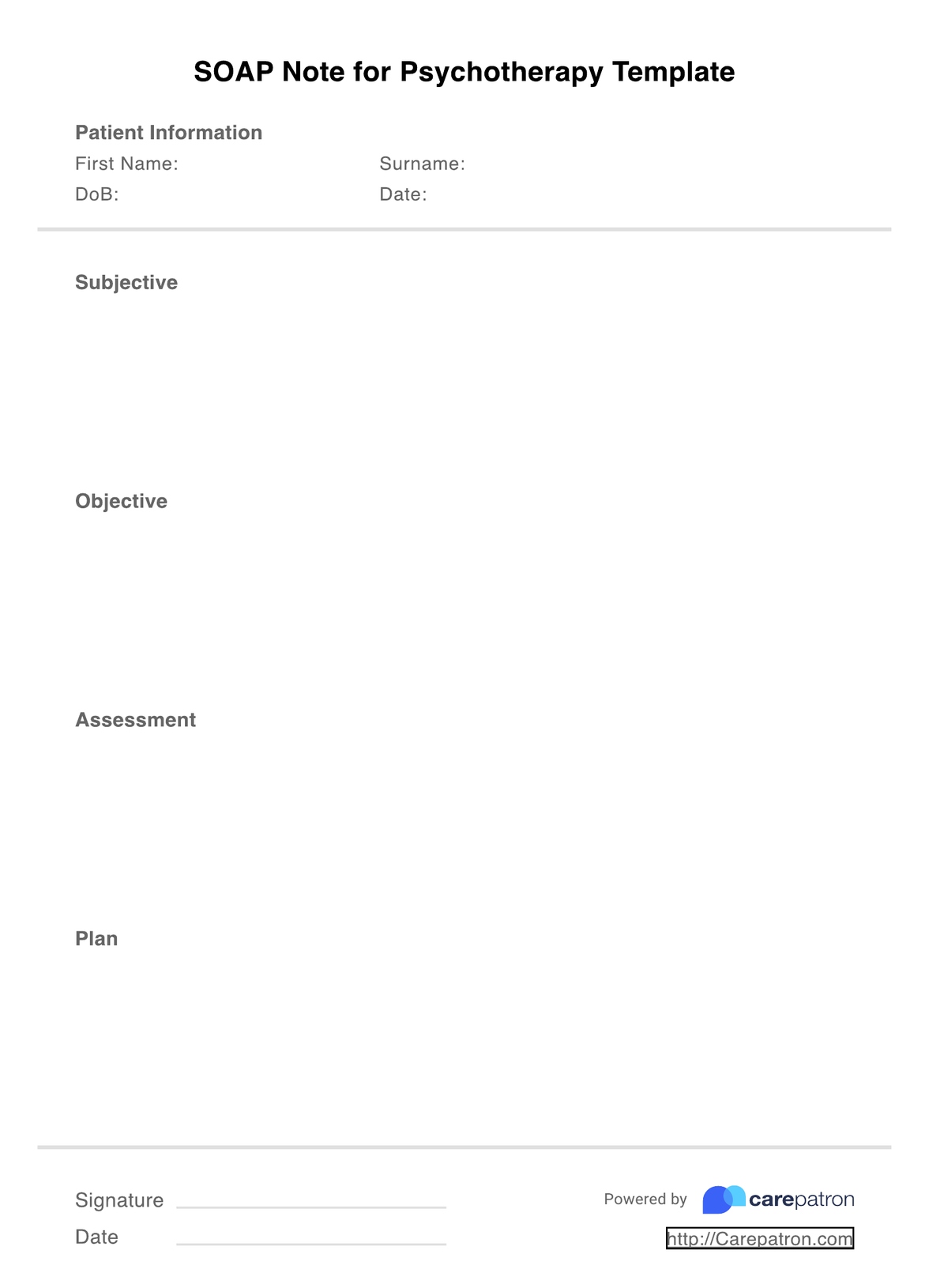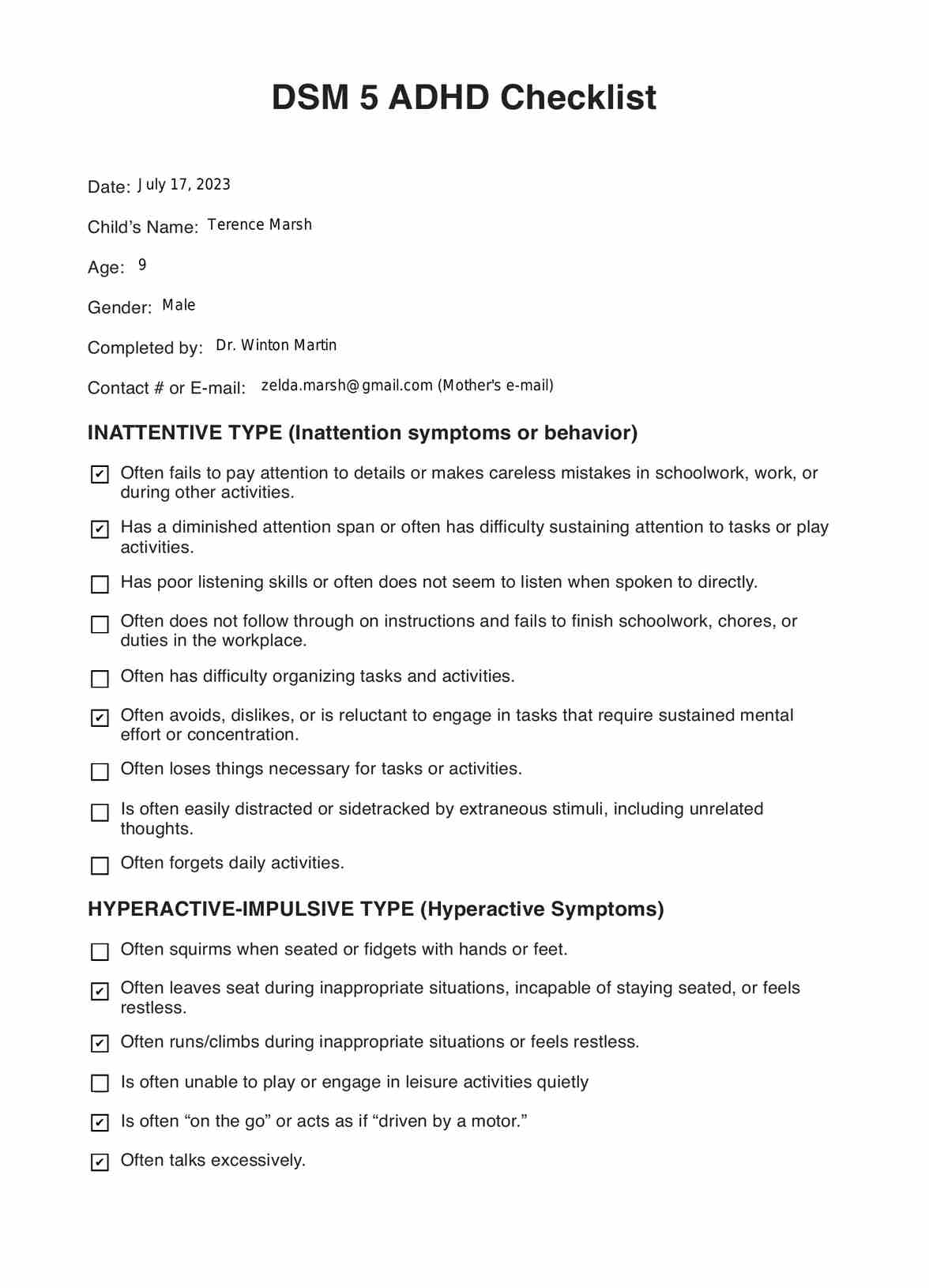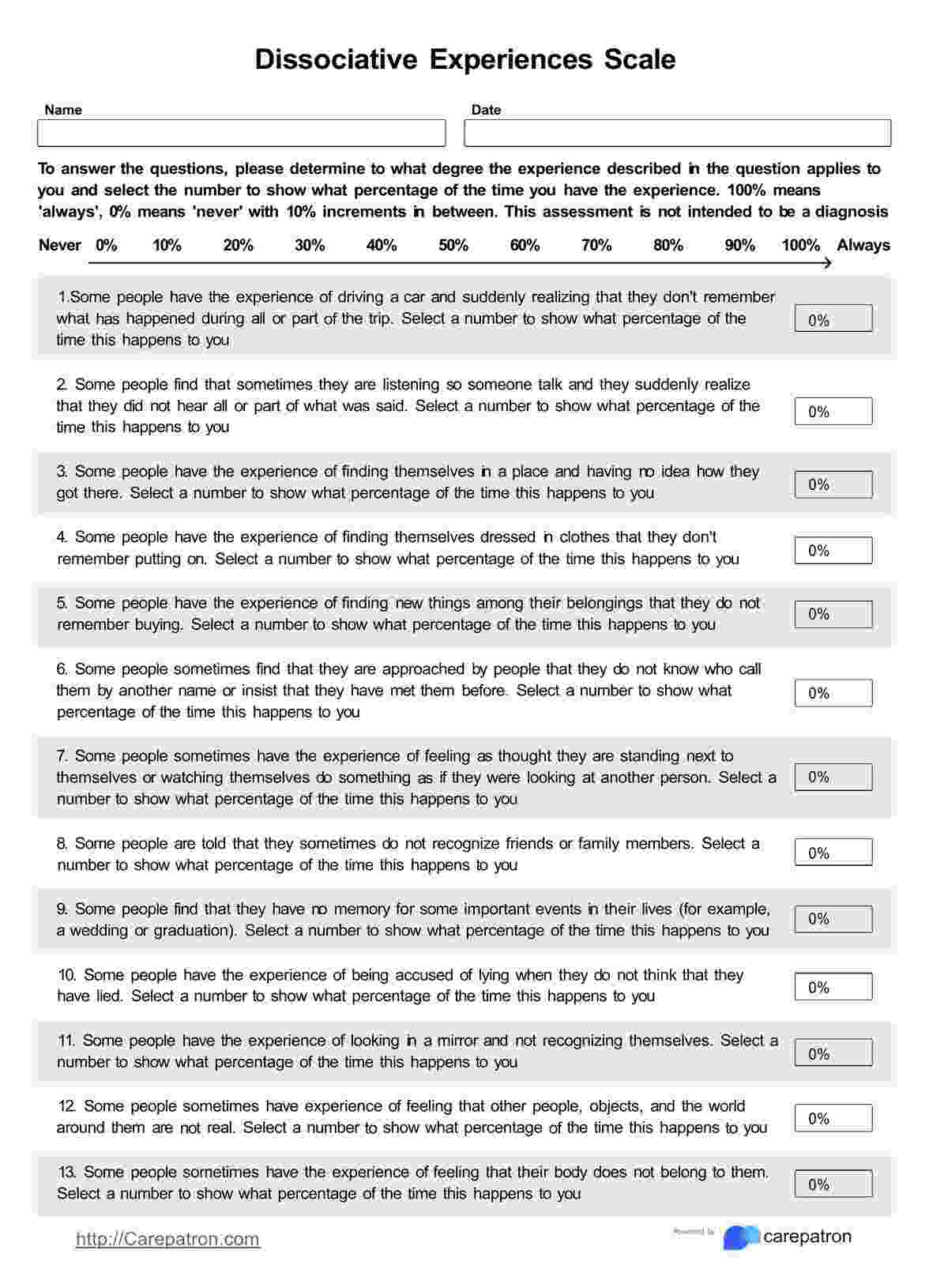Problem Solving For Adults Worksheets
Implement this intuitive problem-solving for adults worksheet and empower your clients to visualize possible solutions to overcome whatever issues they may face.


What is a Problem Solving For Adults Worksheet?
Therapeutic treatment typically uses a broad range of different interventions in order to assess the issues that patients are facing. One reasonably common method of assessing patient needs and devising an effective treatment plan is encouraging clients to approach specific issues with a problem-solving lens. The actual task of problem solving is varied and largely dependent on the outcomes the patient is hoping to achieve, yet remains a positive way of encouraging patients to visualize possible solutions.
To help you implement effective problem solving techniques within your practice, we have designed an intuitive problem solving for adults worksheet. This worksheet can be given to clients during a session, and you can either fill it out together or ask them to complete it in their own time. When they have returned the completed worksheet to you, it is a good idea to use the responses both as a starting discussion point, and to inform the development of a treatment plan. Problem solving worksheets are designed to be collaborative and encourage patient autonomy, increasing the likelihood of achieving good clinical outcomes.
Problem Solving For Adults Worksheets Template
Problem Solving For Adults Worksheets Example
How To Use This Problem Solving For Adults Worksheet
Accessing, implementing, and using the problem solving worksheet follows a very simple process:
Step 1: Save the worksheet to your device
The first thing you need to do is access and save the worksheet to your device. We’ve included a link to the resource a little further down, alongside a problem solving for adults worksheet example. When you click on this link the worksheet will open in your device’s preferred PDF reader, from where it can either be edited directly, or saved to your computer.
Step 2: Distribute the worksheet to your patients
Although there is no exact requirement dictating when you should give the worksheet to your patients, we think it will be most effective if they complete it during the early stages of treatment.
Step 2A: State the problem
The first task the patient is required to do is state the problem or issue they are facing. You should encourage them to be as specific as possible, outlining what the issue is and how it is impacting their life.
Step 2B: What are the desired outcomes?
Next, the patient should think about what their desired outcomes are. What are they wanting to get out of treatment? Do they want the problem to be entirely removed, or simply changed?
Step 2C: Brainstorm possible solutions
This is arguably the most important step – brainstorming solutions to the problem. Patients should have a good think about different ways that they may be able to overcome the problem they are facing, and write these down in detail. Remind your patient that these don’t have to be perfect solutions and that they should just write down anything that comes to mind.
Step 3: Revise and reflect
After the patient has completed the problem solving worksheet and has brought it into their next sesion, it’s time for both of you to revise and reflect over the responses. The answers that the patient has written will give you greater insight into the issues they are facing, as well as the outcomes they are hoping to achieve. From here, you can rank the possible solutions and decide how to best approach the treatment plan.
Who Can Use these Printable Problem Solving For Adults Worksheets (PDF)?
Although this problem solving worksheet has been designed to be used by adult patients, there is a lot of variety in regards to what these patients may be struggling with. For example, the patient you are treating may be experiencing the following issues:
- Depression
- Anxiety
- Post-Traumatic Stress Disorder
- Addiction
- Phobias
- Grief and Loss
- Relationship Issues/Divorce
- Financial Stress
- Work Problems
Provided you are a healthcare clinician treating a patient who is facing a problem in their life, then you will gain benefit from using this worksheet.
Why Is This Form Useful For Therapists?
This worksheet has a range of uses when implemented into therapy practice. These uses include:
Insight into the patient’s experiences
This worksheet is designed to be completed by the patient, meaning that therapists will obtain a deeper insight into the patient’s own experiences. By encouraging patients to complete the worksheet in their own time, you can rest assured that their answers will be authentic and honest. In turn, this insight will allow you to develop a more effective and targeted treatment plan that focuses on the patient’s specific needs.
Improve organization
Using worksheets are a fantastic way to improve organization at your practice. Because our worksheet can be accessed, edited, and shared entirely online, you don’t have to worry about storing physical copies. Patients can send you an electonic version of the completed worksheet and you can focus on keeping all of your processes automated.
Save time
Additionally, using a worksheet that is already formatted and structured will save you plenty of time. Many therapists find worksheets and resources beneficial, but they can end up being quite a hassle to create on your own. This template is free and ready to go, allowing you to experience all of the pros without any of the cons!
.png)
Benefits of Problem Solving For Adults Worksheet Template
Using the problem solving worksheet for adults will additionally result in various benefits for your therapy practice. Some of these advantages include:
Encourage patient Involvement
Obtaining positive clinical outcomes in therapeutic treatment often relies on the patient’s cooperation and engagement. If patients don’t work towards their own health goals, then the likleihood of achieving them is very slim. This worksheet encourages patients to outline both the problem they are facing and different solutions they can think of, actively engaging them in their own care.
Develop meaningful patient relationships
Additionally, the responses that the patient leaves on this worksheet will be a good conversation starter for your next session. By responding appropriately to the answers you will be able to show your patients that you genuinely care about their health and are committed to helping them achieve their goals. In turn, patient satisfaction and loyalty will increase and you will be able to foster healthy and meaningful relationships.
Develop an effective treatment plan
With a collaborative and meaningful worksheet, you will be able to design a more effective treatment plan. Asking patients to brainstorm possible solutions to the problems they are facing ensures that you understand their own preferences and desired outcomes. Working together, you can come up with a step-by-step plan to help your patients achieve their health goals and overcome debilitating issues.
Target helpful solutions
Sometimes, finding a solution that suits a patient’s needs can be a tricky task. You want to ensure that the treatment plan will be both effective and align with the patient’s abilities – which is what this worksheet aims to do. It encourages the patient to come up with possible solutions, and then you can go over these together in order to ascertain which will be the most effective and achievable.
Achieve good clinical outcomes
Ultimately, the problem solign for adults worksheet will help your patients achieve positive clinical outcomes. Working collaboratively to devise a good treatment plan increases the likelihood of the patient achieving their desired outcomes – which is what every therapist should be aiming to do.
Commonly asked questions
There is no set time dictating when this worksheet should be used, but we recommend encouraging your patients to complete it in the early stages of their treatment. This will ensure that the treatment plan is effective from the get-go, helping patients stay on track to achieving their clinical goals.
These worksheets are generally designed to be completed by patients, but if you have a patient who isn’t up to completing it by themselves, you can definitely go through it together. The most important aspect is ensuring that the answers the patient leaves are honestly reflective of the problems they are facing, as this will guarantee that the treatment plan is targeting the appropriate desired outcomes.
Because the completed worksheet will contain information regarding a patient’s personal life and health condition, it needs to be stored according to HIPAA guidelines. There are a couple of ways that you can do this – either storing it in a physical location with security measurements, or keeping it on a secure online platforms with electronic safeguards.


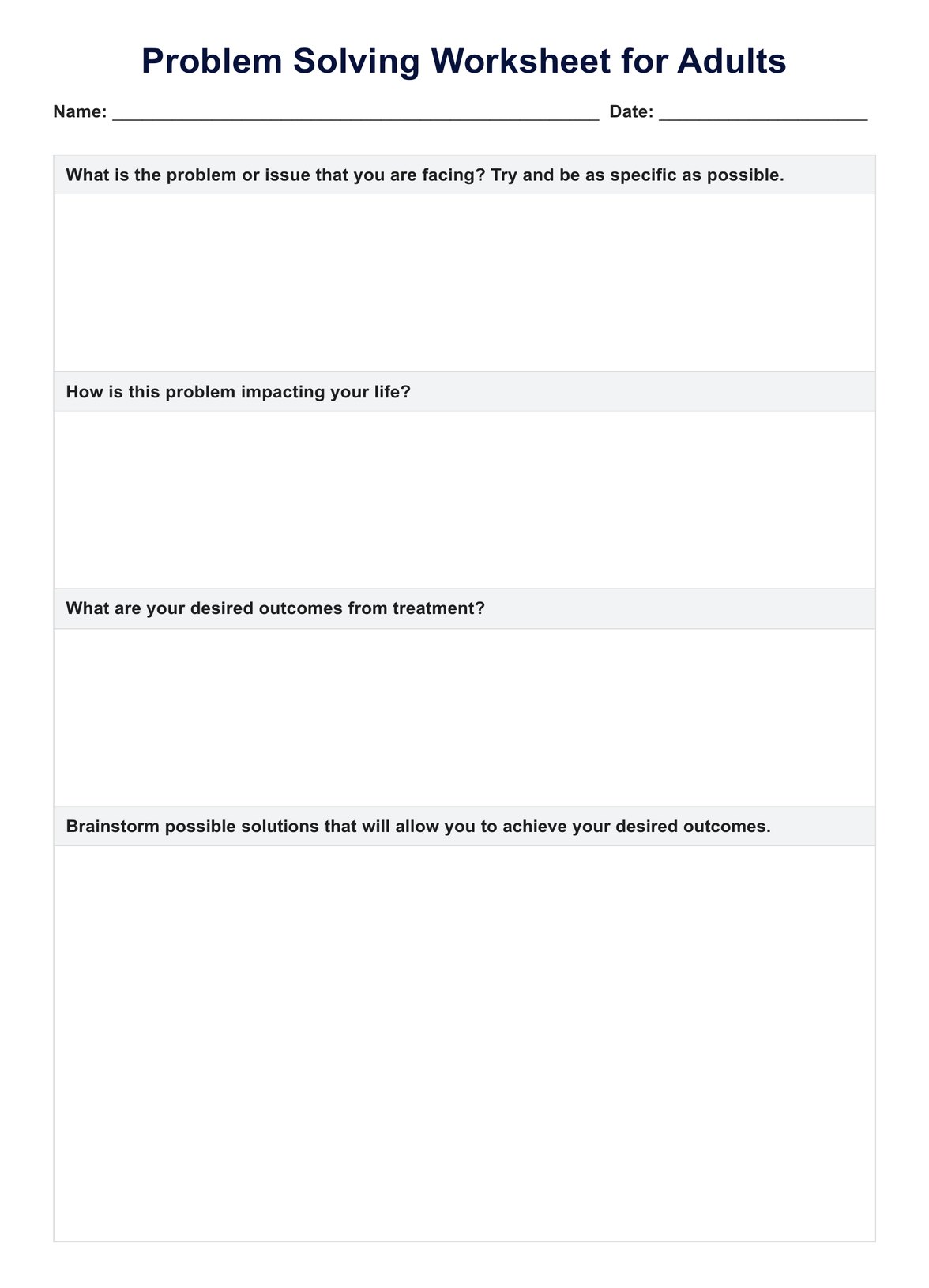
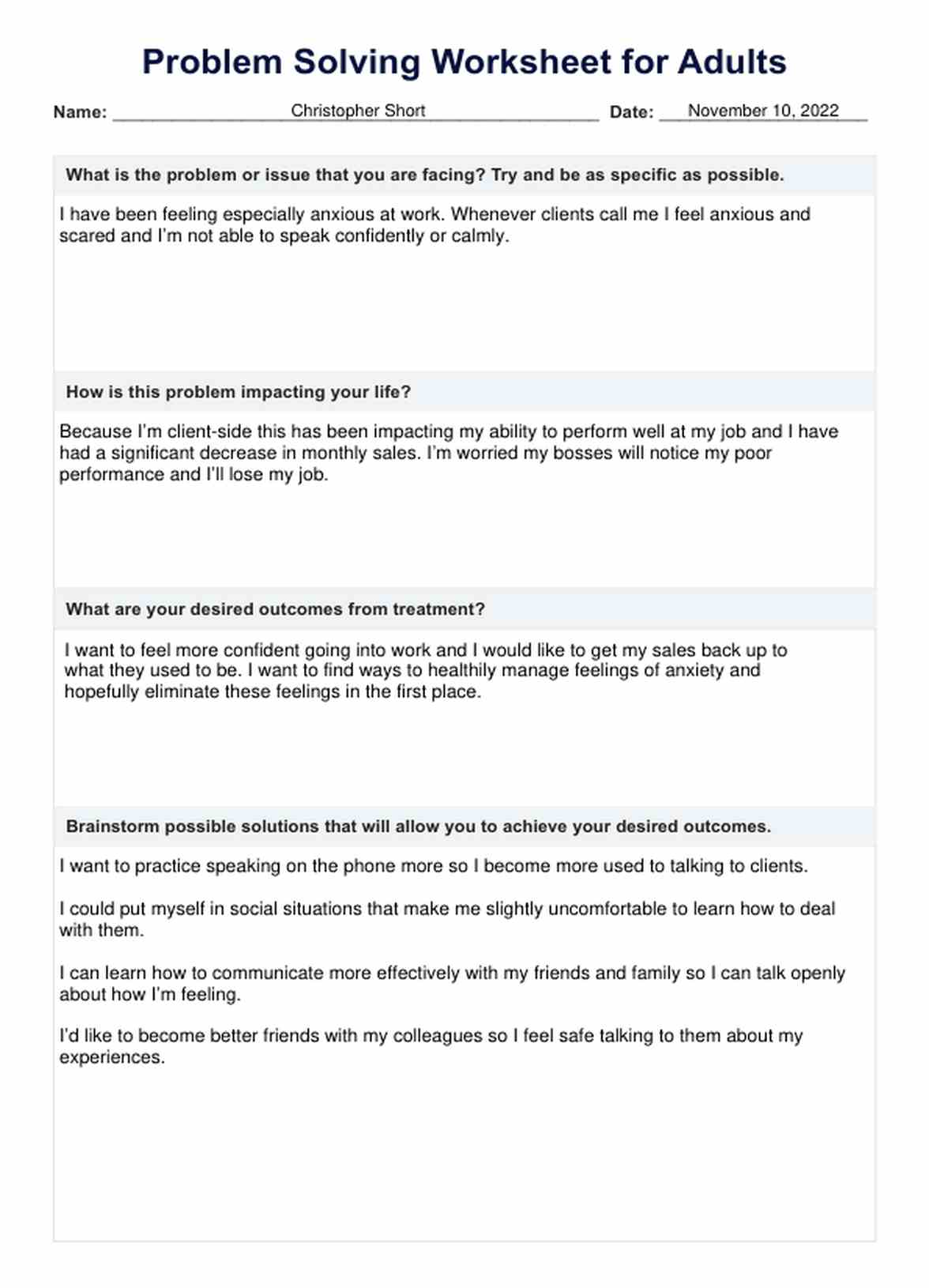

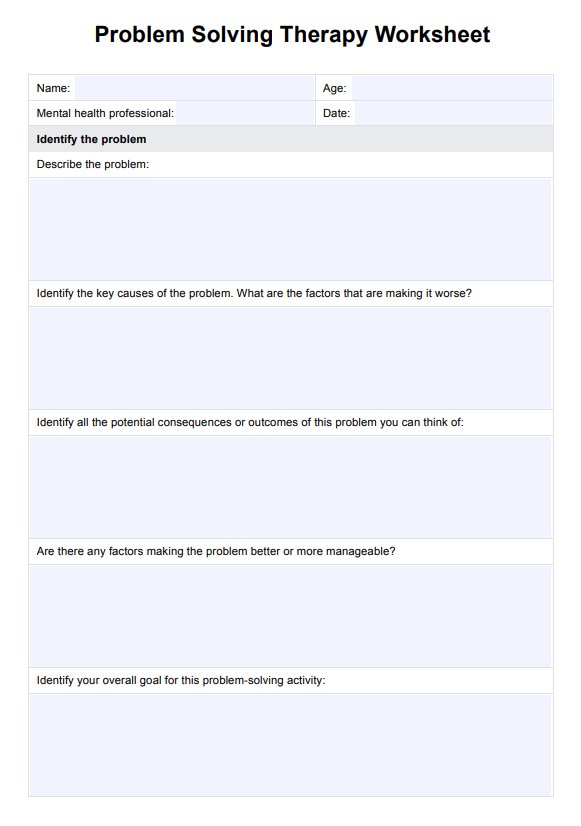














-template.jpg)




























































































